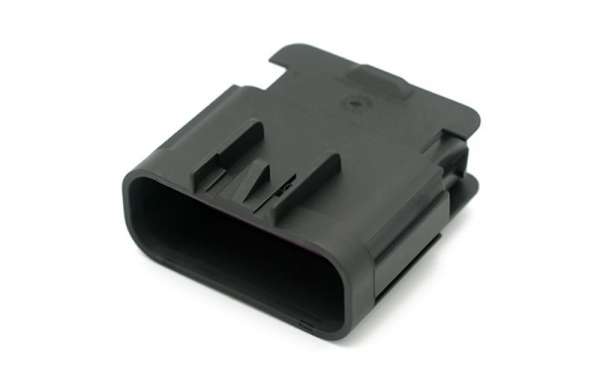The performance of an auto connector can degrade over time, leading to electrical issues. A common problem is terminal corrosion, which increases electrical resistance and can interrupt signal flow. This often occurs if the seal of an auto connector is compromised, allowing moisture to reach the metal contacts. Visual inspection of the auto connector can reveal green or white deposits on the terminals. Cleaning the contacts with a specialized electrical contact cleaner and restoring the integrity of the seal can often resolve such problems and restore proper function.
Another frequent issue is terminal fretting, a form of wear caused by microscopic movement between the mated terminals due to vibration and thermal cycling. This movement can generate insulating oxide debris that disrupts the electrical connection. The symptoms are often intermittent—a system may work one moment and fail the next. Diagnosing a faulty auto connector affected by fretting can be challenging. Techniques include gently wiggling the connector while the system is operational to see if the fault recurs, indicating a poor connection inside the auto connector.
Physical damage to the housing or locks is also a concern. An auto connector with a broken latch may not stay fully seated, leading to an intermittent connection. A cracked housing can allow contaminants to enter. In such cases, the best course of action is often to replace the entire auto connector. Repairing a damaged auto connector requires specialized tools to extract the wires and terminals from the old housing and install them into a new one, a process that ensures the new unit maintains the original sealing and locking properties.
Preventive maintenance is the best strategy for avoiding auto connector failures. During routine vehicle service, a visual check of accessible connectors for signs of damage, corrosion, or loose fits is worthwhile. When disconnecting an auto connector, it is important to use the proper technique, typically involving pressing a release tab rather than pulling on the wires. Applying a dielectric grease to the terminals during reassembly can provide an additional layer of protection against moisture and corrosion, thereby extending the reliable service life of the auto connector and the systems it supports.







